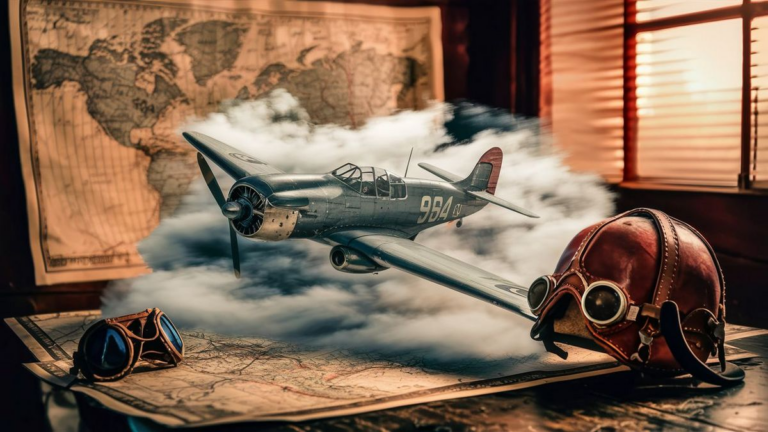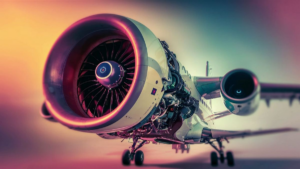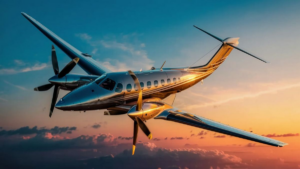Exploring the pioneering spirit of women in aviation history unveils a captivating tale of courage, skill, and determination. The question of who was the first woman to fly a plane is a subject that invites us to delve into the annals of flight, tracing the footsteps of those who defied societal norms and soared into the skies.
The Legacy of Female Aviators
Throughout history, women have made significant contributions to the field of aviation despite facing formidable barriers. From the early days of aviation to the present, female aviators have shattered stereotypes and left an indelible mark on the aerospace industry.
The Pioneering Spirit Takes Flight
Among these trailblazers stands one remarkable figure whose name is etched in the chronicles of aviation history: Harriet Quimby. Born in 1875, Quimby’s passion for adventure and determination to break barriers led her to achieve numerous milestones in aviation.
Harriet Quimby: A Trailblazer in Aviation
In 1911, Harriet Quimby earned her pilot’s license from the Aero Club of America, becoming the first woman in the United States to do so. Her feat marked a significant breakthrough in the realm of aviation, inspiring generations of women to pursue their dreams of flight.
The Triumph of Harriet Quimby
Quimby’s most iconic moment came on April 16, 1912, when she piloted her aircraft across the English Channel. In accomplishing this historic flight, Quimby not only became the first woman to fly across the English Channel but also the first woman to pilot an aircraft solo across this treacherous stretch of water.
A Legacy of Inspiration
Harriet Quimby’s daring exploits and unwavering determination continue to inspire women in aviation and beyond. Her legacy serves as a testament to the power of perseverance and the limitless potential of individuals to defy expectations and reach new heights.
In answering the question of who was the first woman to fly a plane, the pioneering spirit of Harriet Quimby shines brightly. Her courage, skill, and trailblazing achievements have cemented her place in history as a symbol of female empowerment and a beacon of inspiration for generations to come.
Women in Aviation Today
Building upon the legacy of Harriet Quimby and other pioneering female aviators, women continue to make significant strides in the field of aviation today. From commercial airline pilots to aerospace engineers, women play vital roles in all aspects of the aviation industry.
Breaking Barriers in Aerospace Engineering
While the pilot’s cockpit is often the most visible aspect of aviation, women are also making significant contributions behind the scenes as aerospace engineers. Breaking into traditionally male-dominated fields, female engineers are shaping the future of aerospace technology with their innovative designs and problem-solving skills.
Exploring New Frontiers
As technology advances and new frontiers in aviation emerge, opportunities for women to excel in the industry continue to expand. Whether it’s space exploration, unmanned aerial vehicles, or supersonic travel, women are at the forefront of pushing boundaries and exploring the possibilities of flight.
Addressing Gender Disparities
Despite progress, gender disparities still exist in certain sectors of the aviation industry. Initiatives aimed at promoting diversity and inclusion are essential for breaking down barriers and ensuring equal opportunities for women in all aspects of aviation.
Frequently Asked Questions
Here are some frequently asked questions about women in aviation:
| Question | Answer |
|---|---|
| Are there any female astronauts? | Yes, there have been several female astronauts who have flown on space missions, including Sally Ride, the first American woman in space. |
| How many women are commercial airline pilots? | While the number is growing, women currently represent a small percentage of commercial airline pilots worldwide, but efforts are being made to increase diversity in the cockpit. |
| What challenges do women face in aviation? | Women in aviation may face challenges such as gender stereotypes, unequal opportunities for advancement, and a lack of representation in leadership positions. |
See also:






